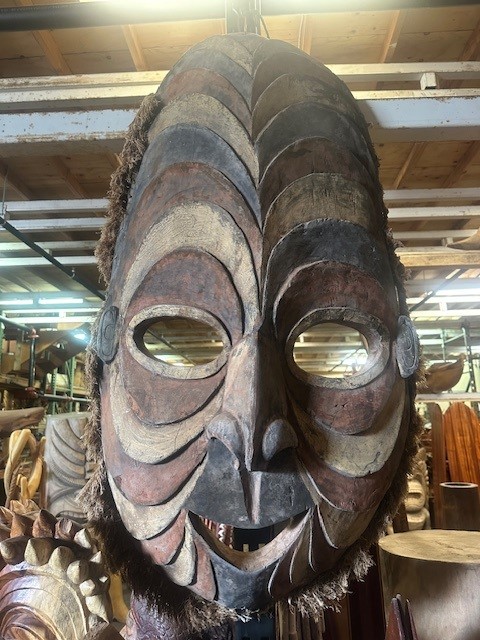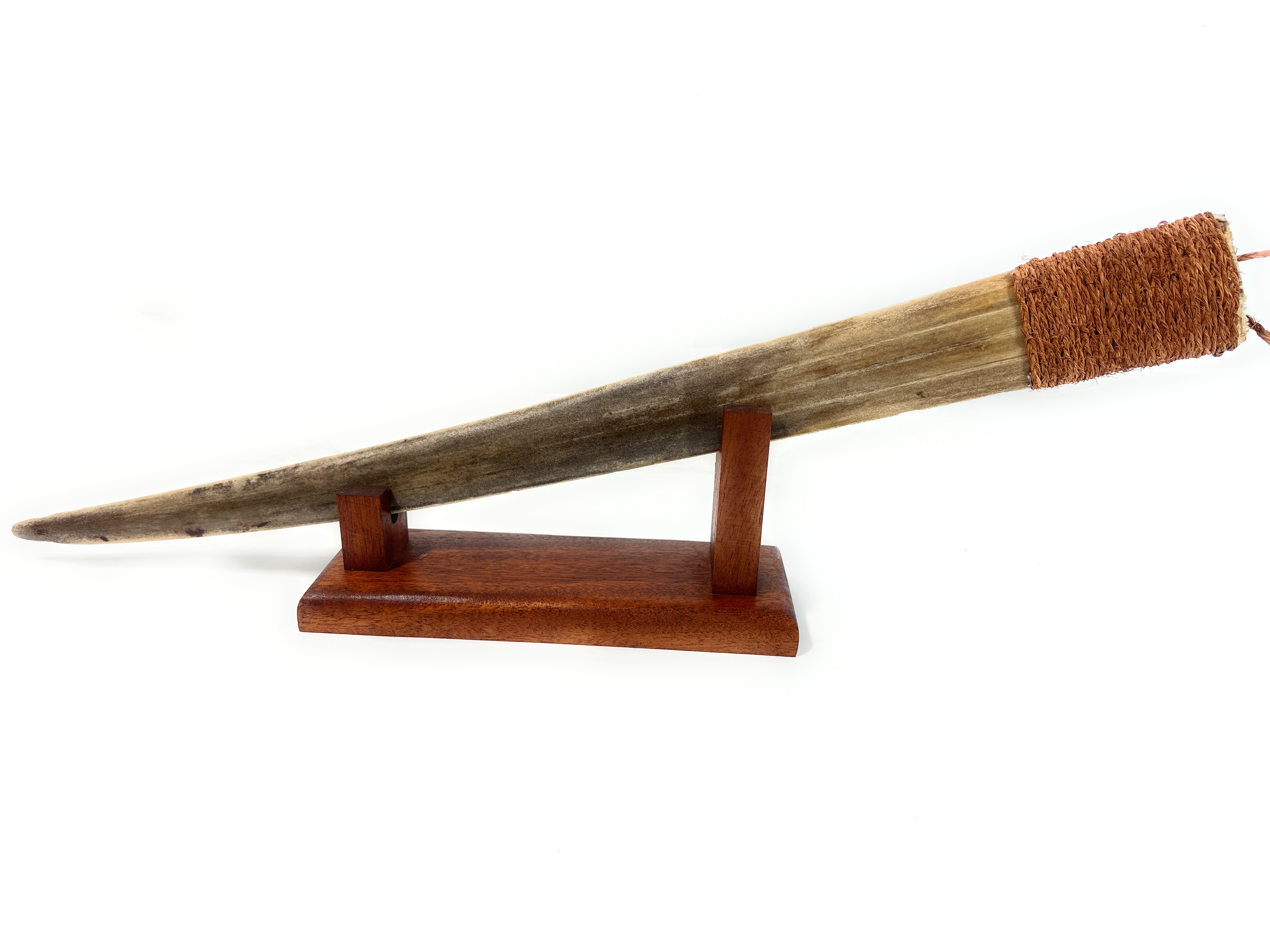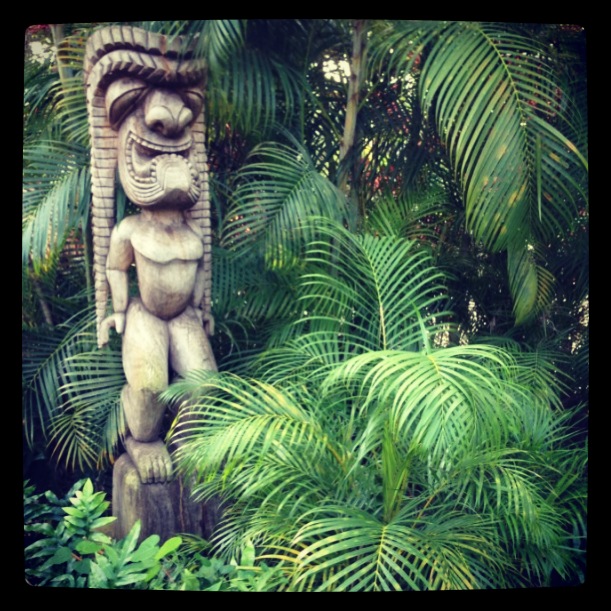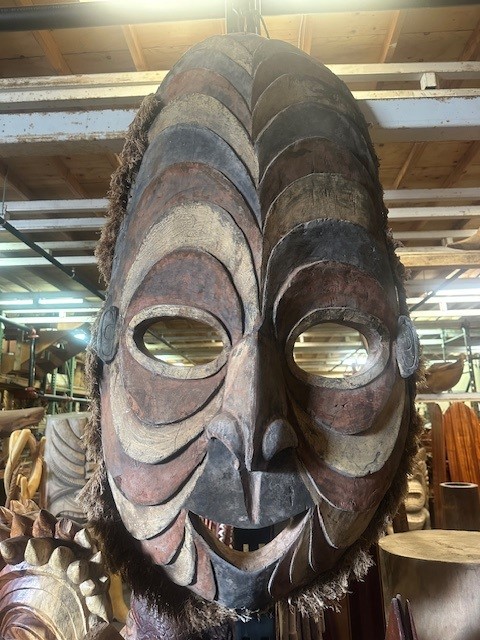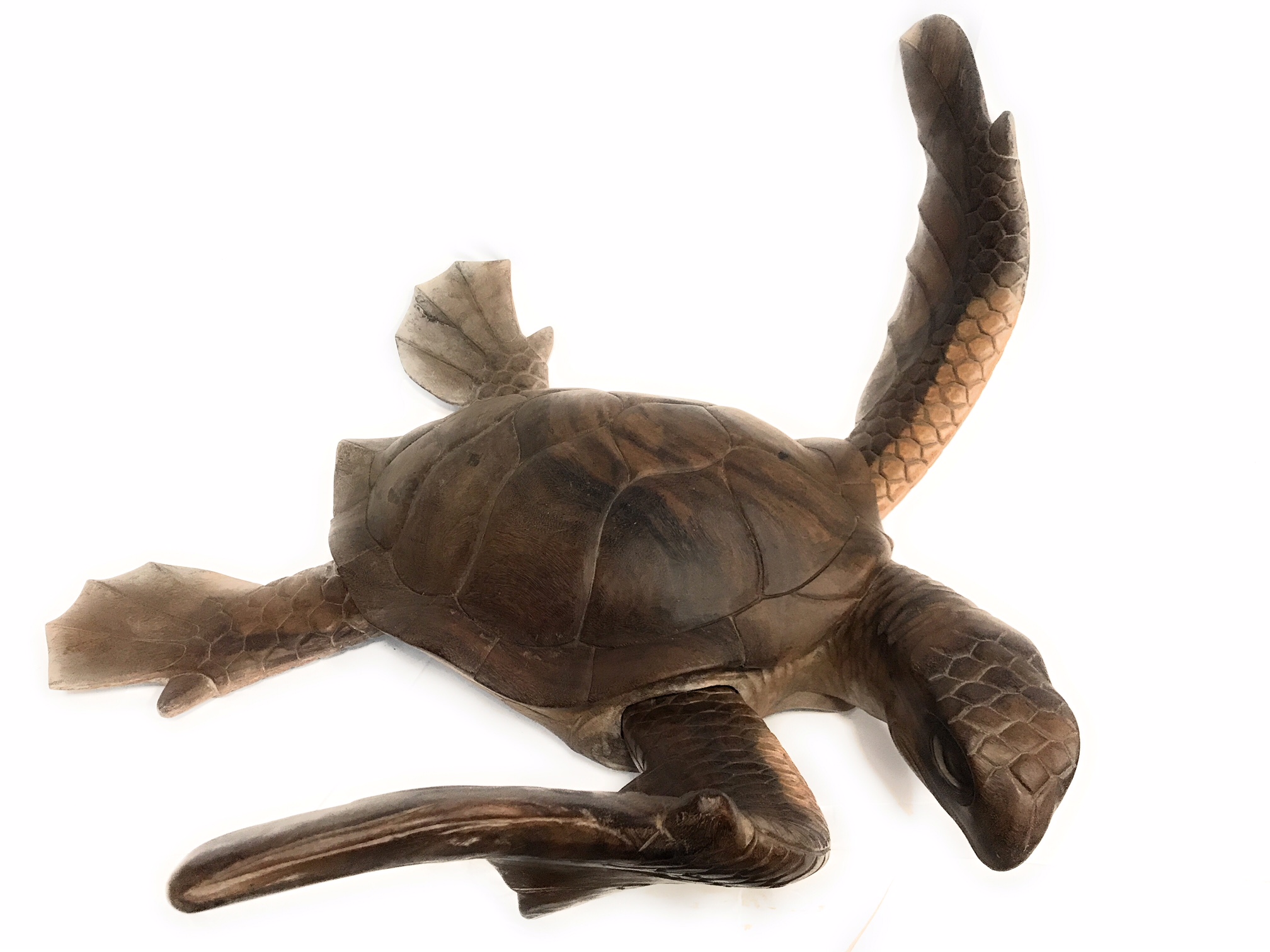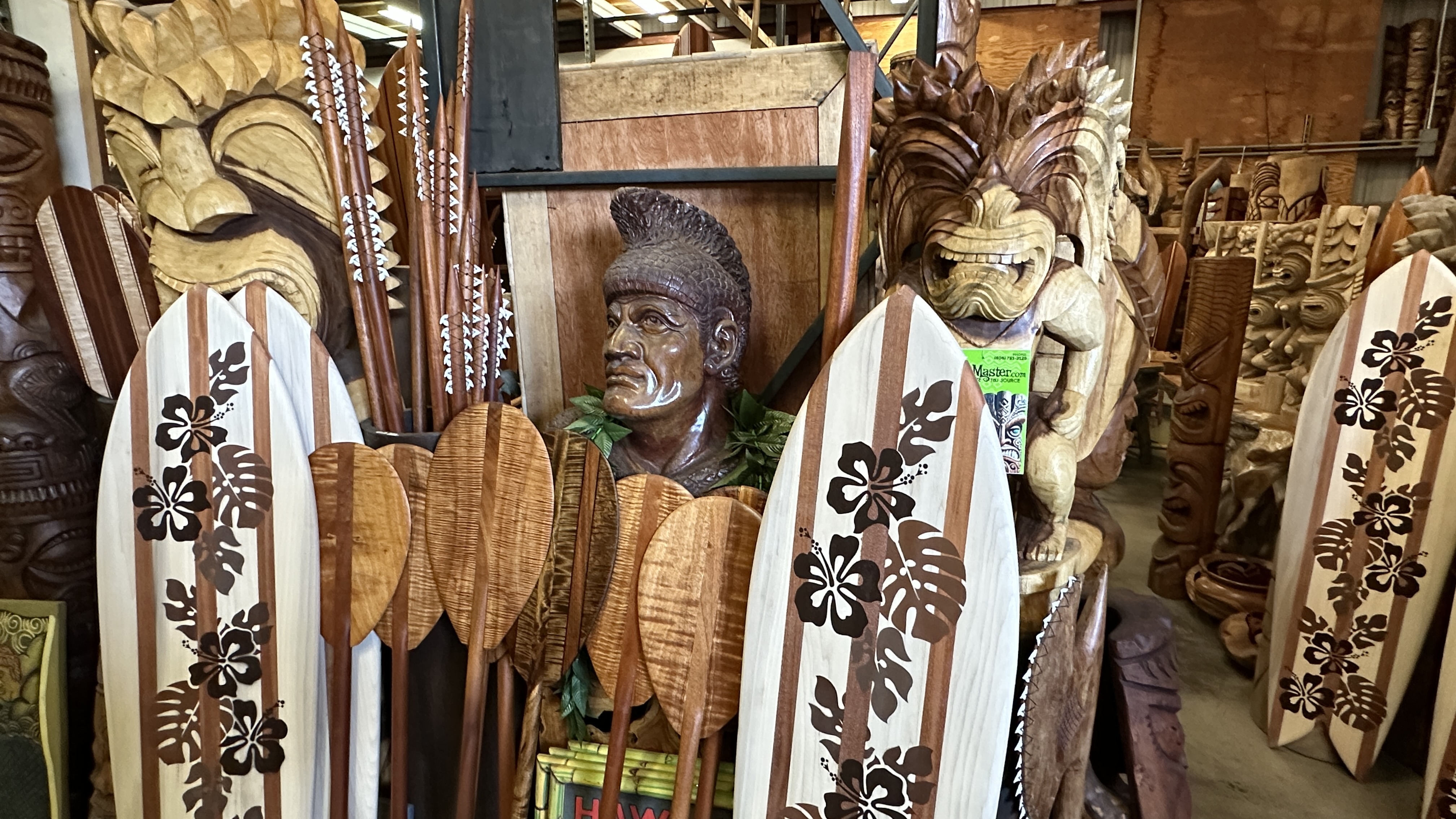Exploring the Beauty of Oceanic Arts
Oceanic Arts captivate with their vibrant colors and bold forms. They reflect the rich cultures of the Pacific Islands. From Polynesia to Melanesia, these art forms tell stories of ancient traditions.
The art includes masks, shields, and carvings, each with deep cultural significance. These pieces are not just decorative; they are integral to rituals and ceremonies. They connect the spiritual and social lives of island communities.

Tiki culture, inspired by Oceanic art, gained popularity in mid-20th century California. This movement brought a new appreciation for these unique art forms. Oceanic Arts California played a key role in this cultural exchange.
Artifacts from Papua New Guinea are particularly renowned. They showcase the diversity and craftsmanship of Oceanic art. These pieces are celebrated in museums worldwide, preserving the heritage of Pacific Island societies.
What Are Oceanic Arts?
Oceanic Arts encompass the wide-ranging artistic expressions from the islands of the Pacific. They include regions such as Polynesia, Micronesia, and Melanesia. These forms of art are diverse and deeply connected to the islanders' everyday life and traditions.

A variety of elements define Oceanic art. Many pieces are made from natural materials found on the islands. This includes wood, shells, and fibers. Each material brings a piece of the environment into the art, showcasing the island's unique landscapes.
Key aspects of Oceanic art are often characterized by specific features. Common elements include:
- Bold forms: Expressive shapes and figures.
- Vibrant colors: Bright and striking hues.
- Dynamic patterns: Complex and detailed designs.
These features make Oceanic Arts not only visually captivating but also culturally rich. They serve as a window into the lives, beliefs, and stories of the Pacific Islanders.
The Cultural Significance of Oceanic Art
Oceanic art holds deep cultural importance for the communities across the Pacific. Each piece reflects the spiritual and social life of the islanders. Artworks often depict myths, legends, and historical events central to their culture.
The art serves various purposes beyond aesthetics. It acts as a tool for storytelling and cultural transmission. Many pieces, like masks or shields, are used in ceremonies and rituals, linking people with their ancestors and deities.

Several key roles of Oceanic art include:
- Ceremonial use: Vital in rituals and festivals.
- Social structure representation: Reflects community hierarchy.
- Symbolic storytelling: Conveys myths and cultural tales.
Through these functions, Oceanic art remains a cornerstone of cultural identity and heritage, preserving the legacy of the Pacific Island societies.
Key Forms and Artifacts: Shields, Masks, and More
Oceanic arts are distinguished by their rich diversity and unique materials. Shields and masks stand out prominently among these forms. They often serve both functional and ceremonial purposes, showcasing the artisans' intricate skills.

Shields are not just protective equipment. They are canvases for vibrant designs that reflect the warrior's status and the maker's cultural stories. They demonstrate the wearer's courage, bringing art into the domain of battle and protection.
Masks, a fascinating component, play a vital role in Oceanic rituals. Crafted with meticulous detail, they represent deities, ancestors, or significant mythological figures. Each mask tells a story, embodying the spirit of the culture.

Other significant forms include:
- Carvings: Wooden sculptures depicting cultural legends.
- Textiles: Weavings that display intricate patterns.
- Artifacts: Tools and everyday items that blend functionality and beauty.
These art forms embody the vibrant life of Pacific Islanders. Through these works, artists not only express creativity but also honor traditions. This rich artistic legacy continues to inspire and captivate audiences worldwide.
The Role of Tribal Art in Pacific Island Societies
Tribal art is a cornerstone of Pacific Island cultures. It reflects their rich traditions and societal structures, rooted deeply in community life. Each piece reveals the unique stories and beliefs of these societies.
The vibrant art forms serve essential functions beyond aesthetics. They act as mediums for storytelling, passing down legends and history through generations. Artifacts like masks and shields play pivotal roles in ceremonies and rites of passage.

Key elements of tribal art in these societies include:
- Symbolism: Representations of myths and spiritual beliefs.
- Ritual Use: Integral in ceremonies and spiritual practices.
- Craftsmanship: Skilled use of local materials and techniques.
These expressions of tribal art sustain cultural identity. They offer a glimpse into the spiritual and communal fabric of these island communities, enriching our understanding of their world.
Tiki Culture and Oceanic Arts California
Tiki culture emerged in the mid-20th century. It drew inspiration from Oceanic art and became a popular theme in bars and restaurants. This movement celebrated an exotic and carefree island lifestyle.

Oceanic Arts California played a vital role in this trend. Founded by entrepreneurs, it became an iconic establishment for Tiki decor. They provided an array of artifacts and designs inspired by the Pacific Islands.
Key contributions of Oceanic Arts California include:
- Tiki Statues: Large, carved wooden figures for decor.
- Themed Decor: Complete ambiance for bars and restaurants.
- Cultural Influence: Introduced Oceanic art to new audiences.
These influences left a lasting impact on entertainment and design. They highlighted the artistic richness of the Pacific, bridging cultures through creative expression.
Papua New Guinea: A Hub of Artistic Diversity
Papua New Guinea stands out for its remarkable artistic traditions. It is home to a diverse range of cultures and languages. This rich diversity is reflected in its vibrant art forms.

Art in Papua New Guinea is deeply rooted in community and spirituality. Craftsmen use natural materials like wood, shell, and fiber. Each piece is a testament to their skill and cultural heritage.
Some key elements of Papua New Guinea's artistic heritage include:
- Carvings: Intricate designs etched in wood.
- Masks: Used in rituals to honor ancestors.
- Textiles: Brightly colored fabrics adorned with traditional patterns.
These art forms serve as a window into the island's rich cultural tapestry. Each piece tells a unique story of the people and their land.
Preserving and Appreciating Oceanic Arts Today
The preservation of Oceanic Arts is essential for cultural continuity. Many efforts are made globally to safeguard these artifacts. Museums and galleries play a significant role in this endeavor.
Education is a key factor in appreciation and conservation. By educating people about Oceanic Arts, we ensure their survival. Workshops and exhibitions are effective methods to engage audiences.

Efforts to preserve and appreciate Oceanic Arts include:
- Conservation: Protecting and restoring traditional pieces.
- Exhibitions: Showcasing art to a global audience.
- Education: Teaching about cultural significance and craftsmanship.
Through such initiatives, Oceanic Arts and Tikimaster - Oceanic Art continue to inspire and educate. Their enduring beauty and cultural importance reach a wider audience. This legacy transcends borders and generations.
Conclusion: The Enduring Beauty and Influence of Oceanic Arts
Oceanic Arts continue to captivate and inspire across cultures. Their unique forms and vibrant designs hold timeless appeal. These artworks are more than aesthetic; they tell stories and embody histories.
The global influence of Oceanic Arts is undeniable. From inspiring modern art to influencing architecture, their impact is widespread. Through continued appreciation and preservation, their legacy will thrive for future generations.
Visit Tikimaster.com in person located in Kailua, Oahu. Many vintage oceanic arts pieces to look at!















